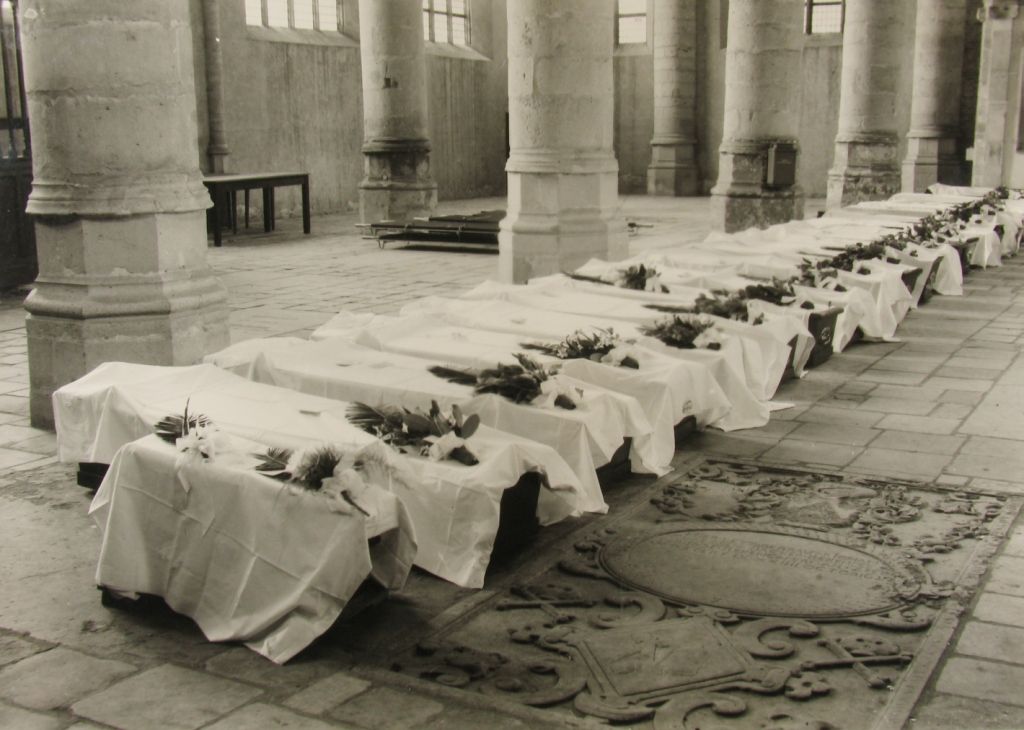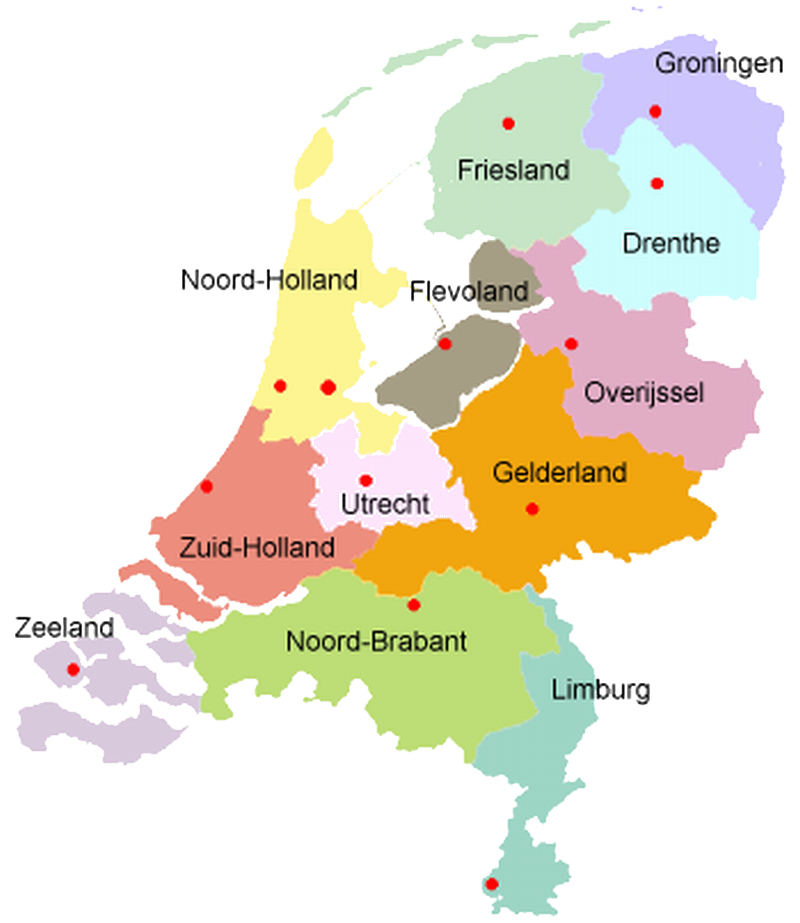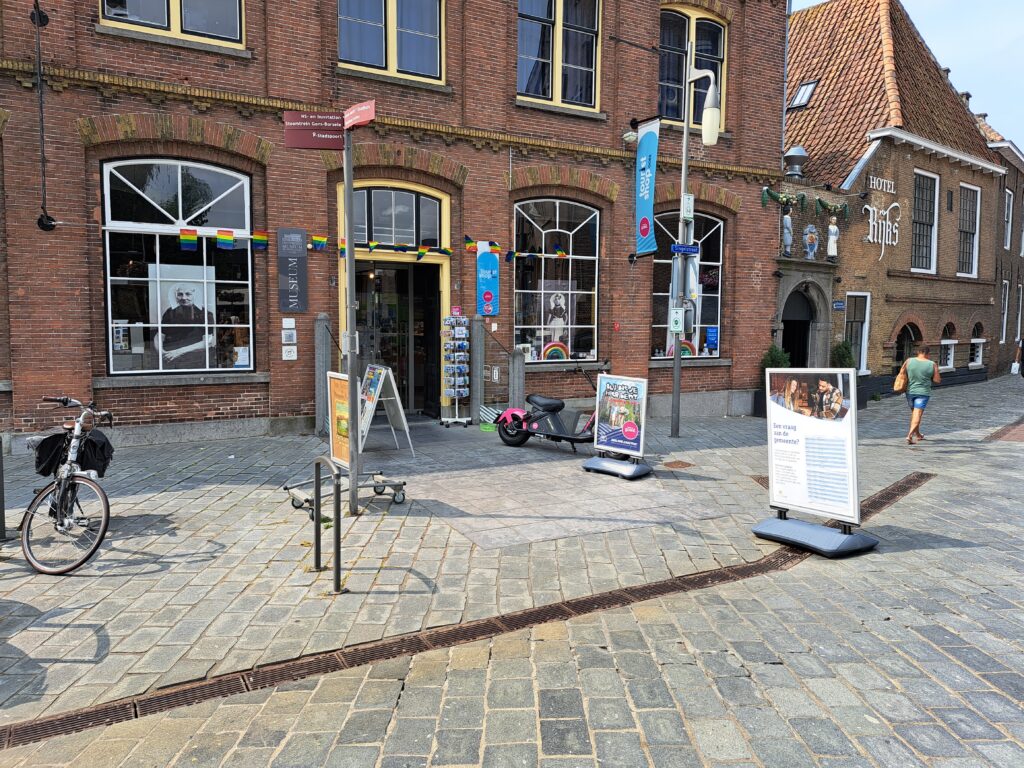GOES
Embark on a boat tour to witness the tranquil beauty of Goes
Goes beckons travelers with its rich history, picturesque landscapes, and warm hospitality. Steeped in tradition yet embracing modernity, Goes effortlessly combines the best of both worlds, making it a destination worth exploring.
At the heart of Goes lies its historic center, where cobblestone streets wind their way past centuries-old buildings, inviting visitors to take a leisurely stroll through time. The impressive Goese Tower, a remnant of the city’s medieval past, stands tall, offering panoramic views of the surrounding countryside. The Stadhuis (City Hall) is a true architectural gem, showcasing the region’s heritage.
Goes boasts a vibrant cultural scene, with numerous museums, galleries, and theaters showcasing the city’s artistic flair. The Bevelandse Bode, an annual event, brings together locals and tourists alike for a delightful celebration of music, dance, and local delicacies.
Nature enthusiasts will find respite in the lush green parks and serene canals that crisscross the city. Embark on a boat tour to witness the tranquil beauty of Goes from a different perspective. For adventure seekers, the Oosterschelde National Park, just a stone’s throw away, promises awe-inspiring landscapes and unique flora and fauna.
Goes is also a paradise for foodies, with its culinary offerings ranging from traditional Dutch treats to international delights. Cafés and restaurants line the streets, offering delightful dishes made from fresh, locally sourced ingredients.
Whether you seek a historical journey, an artistic rendezvous, or a nature escape, Goes stands ready to welcome you with open arms.

The village built on a creek ridge grew rapidly and already in the 12th century there was a market square and a church dedicated to Mary Magdalene. Due to the rapid growth, Goes received city rights in 1405 from the Count of Zeeland, William VI and in 1417 official permission to strengthen itself with city walls and a city moat. The prosperity of the city was based on cloth industry and the extraction of salt, which is extracted from peat, the so-called darinkdelven.
In the 16th century, goes was less successful. The connection with the sea silted up and in 1554 a large city fire destroyed the northwestern part of the city. The cause was a salt pit that caught fire in combination with a strong northeast wind.
city harbor
The Stadshaven of Goes is a fascinating former port that has been in existence since 1974. It is a must-see attraction located in the heart of the city, and it provides a critical connection to the Oosterschelde National Park. One of the most striking features of the harbor is the quay walls, which are a national monument that adds to the area’s historical charm. Visitors can enjoy strolling around the city’s harbor and exploring its rich history, with many historic houses nearby, including ‘t Soepuus, an old tidal water mill of significant importance. To commemorate the city’s historical significance, a few street names around the Stadshaven pay tribute to some essential products that played a vital role in the Goese economy. Bierkade and Turfkade are among those street names. It is a tradition in Goes that Sinterklaas arrives in the city’s port, making it a significant location for the community.
flood of 1953

During the flood of 1953 Goes remained dry.
The dikes north of the city held up, although it did not make much difference, such as the dike at Kattendijke that remained standing by reinforcement by sandbags.
If this had not been the case, the consequences for Goes and the rest of Zuid-Beveland would have been incalculable. Wolphaartsdijk and Oud-Sabbinge, then still their own municipality, now part of the municipality of Goes, were affected. A total of 14 people died in those villages. In the time of the disaster, the city of Goes was used as a shelter for the many people who were evacuated from flooded villages such as Wolphaartsdijk, Kortgene and Kruiningen.
 In the Grote kerk in Goes, corpses were also laid out.
In the Grote kerk in Goes, corpses were also laid out. 

The coat of arms of Goes is originally a city coat of arms that has existed since the Middle Ages and since 1817 the municipal coat of arms of the municipality of Goes and was formed from the coat of arms of Albrecht of Bavaria who granted city rights to Goes around 1400. At that time, the Dukes of Bavaria had become counts of the Dutch counties of Hainaut, Holland, Zeeland and Friesland. The lower part consists of the white goose of Zuid-Beveland.
According to the municipality of Goes, the geese are probably a reference to the wild geese that hibernate on Zuid-Beveland. During carnival the name is temporarily changed to ‘Hanzehat’, Zeeland dialect for ‘Ganzegat’.

The Historical Museum De Bevelanden at Singelstraat 13 in the city of Goes, in the Dutch province of Zeeland, is a museum that focuses on the history of North and South Beveland.
The museum is located in a former monastery, which also served as an orphanage for a long time. The museum (together with the Fruitteeltmuseum) has been governed since 1976 by a joint arrangement of first five, later four municipalities in the Bevelanden. In 2011, the joint arrangement was abolished and the museum was transferred to a foundation.
The museum has permanent exhibitions about the militia, reclamations and floods, samplers, traditional Beveland costumes, the orphanage, the city of Goes and well-known Bevelanders. In addition, there is a changing exhibition.








